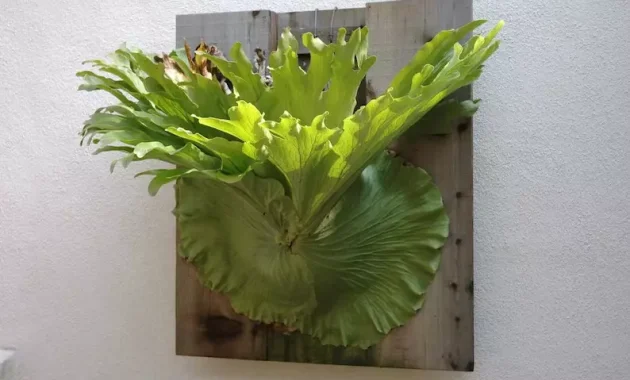The Monstera plant is a popular tropical species known for its large, perforated leaves and climbing vine-like growth. Within the Monstera genus, there are two main varieties: Monstera deliciosa and Monstera deliciosa var. borsigiana. While both of these plants belong to the same species, a few distinguishing characteristics set them apart.
As a tropical plant species, Monstera is known for its large, perforated leaves and its ability to climb using aerial roots.
Within the Monstera genus, there are two main varieties: Monstera deliciosa and Monstera deliciosa var. borsigiana. Both of these plants belong to the same species, but a few characteristics can help distinguish between them. These include differences in the size and shape of their leaves, the presence of ruffles or small waves at the transition from the petiole to the leaf, and the distance between nodes on the plant’s stem.
1. Leaf Size And Row of Holes
One difference between Monstera deliciosa and Monstera deliciosa var. borsigiana is their leaves’ size and the number of holes (also known as fenestration).
Monstera deliciosa var. borsigiana is generally said to have smaller leaves and fewer rows of holes than Monstera deliciosa.
Monstera deliciosa var. borsigiana is generally said to have smaller leaves and fewer rows of holes than Monstera deliciosa. These holes, or fenestrations, are characteristic of the Monstera plant and give it its distinctive appearance.
However, it’s important to note that the size and shape of a Monstera plant’s leaves are primarily determined by its growing conditions rather than its variety.
Factors such as the amount of light the plant receives, the humidity of its surroundings, and its growing conditions can influence the leaves’ size and shape.
As a result, the size and shape of a Monstera plant’s leaves may only sometimes be a reliable way to distinguish between Monstera deliciosa and Monstera deliciosa var. borsigiana.
2. Ruffles At The Transition From Petiole To Leaf
Another difference is the presence of ruffles or small waves at the transition from the petiole (stem) to the leaf. These ruffles are typically more pronounced in Monstera deliciosa, though they may also be present in Monstera deliciosa var. borsigiana, particularly in larger plants.
These ruffles are typically more pronounced in Monstera deliciosa, though they may also be present in Monstera deliciosa var. borsigiana, particularly in larger plants.
The presence of ruffles can be a helpful way to distinguish between the two varieties. However, it’s worth noting that the company of wrinkles can also be influenced by the plant’s growing conditions and may not be visible in all plants.
It’s also worth noting that ruffles may only sometimes be a reliable way to distinguish between the two varieties, as there is often an overlap.
Some plants may exhibit characteristics of both Monstera deliciosa and Monstera deliciosa var. borsigiana, making it difficult to definitively classify the plant as one variety or the other.

3. The Distance Between Nodes
Another distinguishing characteristic is the distance between nodes or the thicker areas from which the leaves grow. Monstera deliciosa var. borsigiana tends to have more elongated growth, with relatively large internodes and visible pieces of stem between individual leaves.
In contrast, Monstera deliciosa has a more compact growth habit, with barely visible internodes and leaves that are very close together.
Monstera deliciosa var. borsigiana tends to have more elongated growth, with relatively large internodes and visible pieces of stem between individual leaves. This gives the plant a more open, sprawling appearance.
In contrast, Monstera deliciosa has a more compact growth habit, with barely visible internodes and leaves that are very close together. This gives the plant a more dense, bushy appearance.
It’s worth noting that these differences can be influenced by the plant’s environment and may not always be clearly visible. Additionally, there is often overlap between the two varieties, with some plants exhibiting characteristics of both Monstera deliciosa and Monstera deliciosa var. borsigiana.
Ultimately, the critical difference between these two varieties of Monstera is their specific taxonomic classification within the same species rather than any inherent superiority or inferiority.


